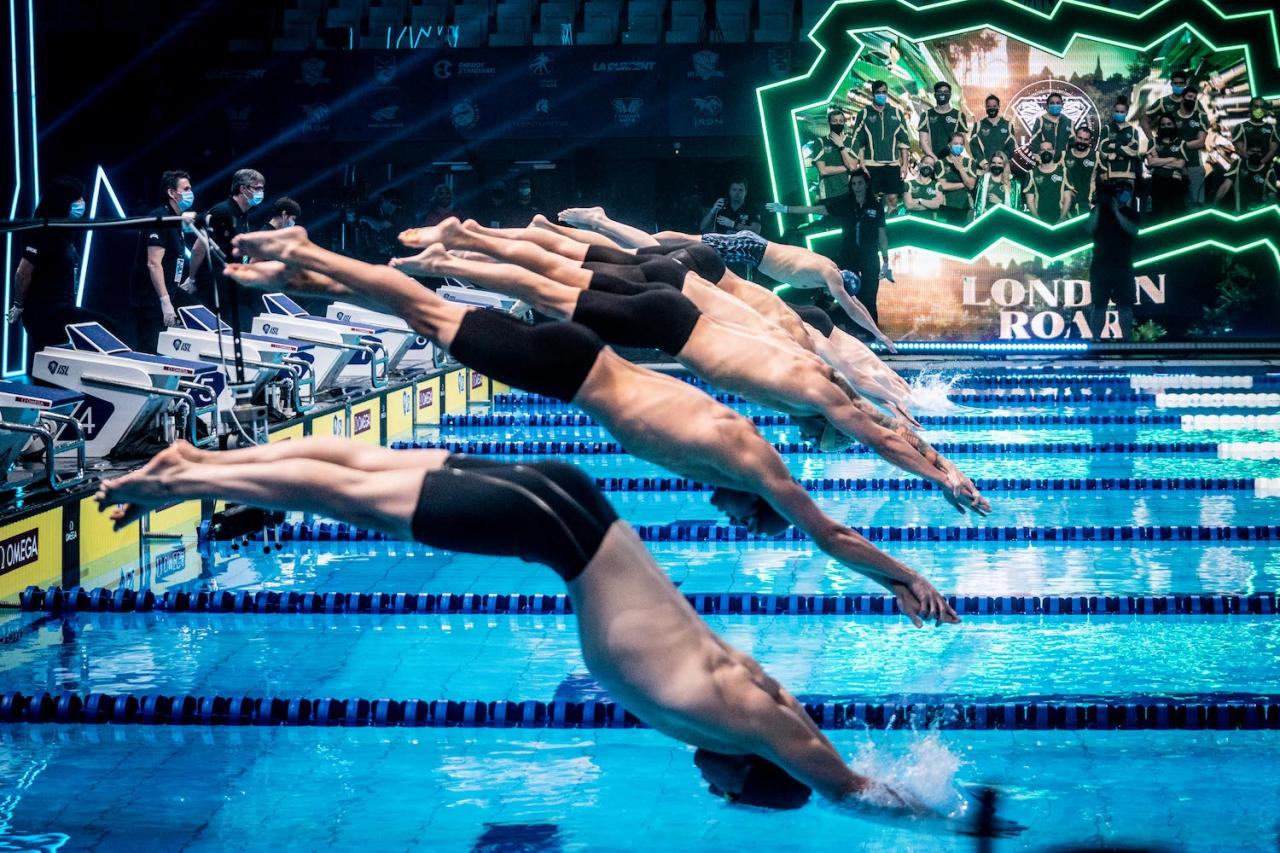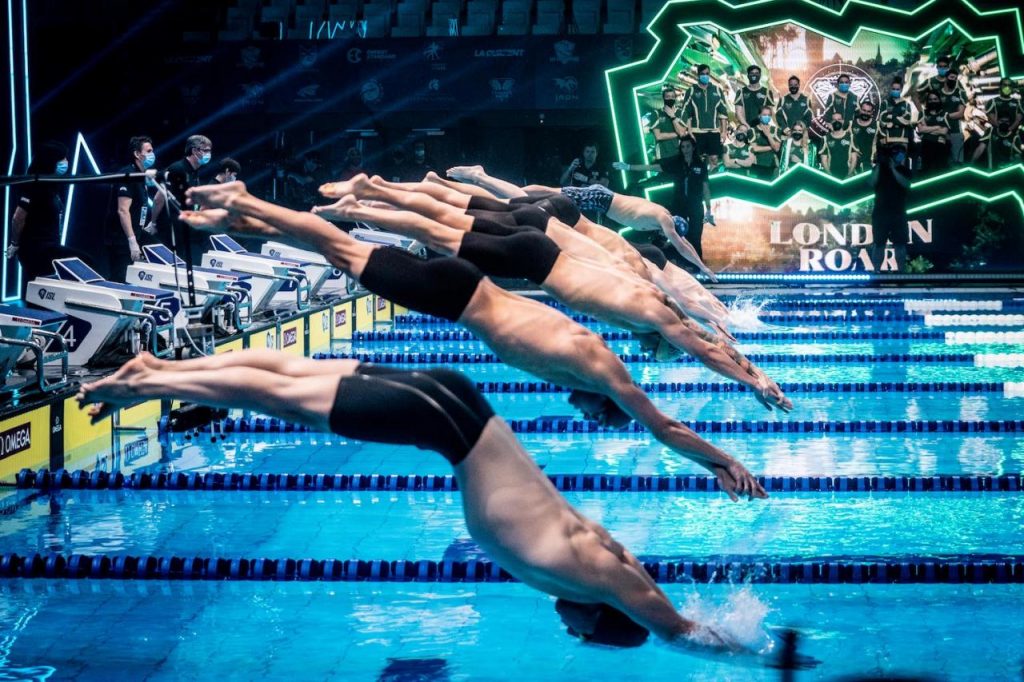As swimmers gracefully glide through the water, their bodies perfectly aligned and their movements precise, it is evident that competitive swimming is a sport like no other. For those who are passionate about the water and the thrill of racing against others, the anticipation and excitement of a swim meet are unparalleled. As the date approaches, it is crucial for swimmers to prepare both mentally and physically for the challenge that lies ahead. Join us as we dive into the world of competitive swimming and explore the key strategies for gearing up for a swim meet.

Visualizing Success in the Pool
When preparing for a competitive swim meet, it is essential to visualize success in the pool. Visualizing your performance can help boost your confidence and mental focus, ultimately leading to a better swim. Here are some tips to help you effectively visualize success:
- Mental imagery: Close your eyes and imagine yourself diving into the pool, swimming effortlessly, and touching the wall first. Picture every stroke and turn in detail.
- Positive affirmations: Repeat positive statements to yourself, such as ”I am a strong and fast swimmer” or “I can achieve my goals in the pool.” This can help build confidence and reduce anxiety.
- Embrace the feeling: Imagine how it would feel to achieve your goals, such as the sense of accomplishment, pride, and satisfaction. Let these emotions motivate you to push harder during your race.
By incorporating visualization techniques into your pre-race routine, you can prime your mind and body for success in the pool. Remember, mental preparation is just as important as physical training when it comes to excelling in competitive swimming.
Optimizing Nutrition and Hydration
When preparing for a competitive swim meet, it is crucial to focus on optimizing your nutrition and hydration to ensure peak performance in the pool. Proper fueling and hydration can make a significant difference in your endurance, strength, and overall swim performance. Here are some tips to help you maximize your nutrition and hydration leading up to race day:
- Stay Hydrated: Hydration is key for maintaining energy levels and preventing fatigue. Drink plenty of water throughout the day, especially in the hours leading up to your swim meet. Consider bringing a water bottle to the pool to sip on between races.
- Eat Balanced Meals: Fuel your body with a balance of carbohydrates, proteins, and healthy fats to support muscle recovery and energy levels. Opt for whole foods such as fruits, vegetables, lean proteins, and whole grains.
- Snack Smart: Pack nutritious snacks to have on hand during the swim meet. Snacks like trail mix, Greek yogurt, or energy bars can provide a quick boost of energy between races.
- Avoid Sugary Drinks: While it may be tempting to reach for sports drinks or sodas, these can actually dehydrate you and lead to energy crashes. Stick to water or electrolyte-rich beverages to stay properly hydrated.
| Nutrition Tip | Benefits |
|---|---|
| Eat lean proteins | Support muscle recovery |
| Stay hydrated | Prevent fatigue and maintain energy levels |
| Avoid sugary drinks | Prevent dehydration and energy crashes |
Fine-Tuning Your Stroke Techniques
When preparing for a competitive swim meet, honing in on your stroke techniques is essential for success in the pool. Fine-tuning your strokes can help improve your speed, efficiency, and overall performance in the water. Here are some tips and tricks to help you perfect your techniques before the big meet:
- Focus on proper form: Pay attention to your body position, hand placement, and kick rhythm for each stroke. Making small adjustments to your form can make a big difference in your overall performance.
- Practice drills: Incorporate drills specific to each stroke into your training routine. Drills help isolate and improve different aspects of your technique, such as breathing patterns, arm movements, and body rotation.
- Work on your kick: A strong kick is crucial for generating power and propulsion in the water. Spend time fine-tuning your kicking technique to improve your speed and efficiency in the pool.
| Stroke Technique | Key Focus |
|---|---|
| Freestyle | High elbow catch |
| Backstroke | Hip rotation |
| Breaststroke | Streamline body position |
| Butterfly | Powerful dolphin kick |
By dedicating time to , you can gain a competitive edge and boost your confidence heading into the swim meet. Remember to stay focused, motivated, and consistent in your training to see improvements in your performance in the pool.
Creating a Pre-Race Routine
Preparing for a competitive swim meet involves more than just physical training in the pool. It also requires establishing a pre-race routine to help you perform at your best when it matters most. Here are some key aspects to consider when developing your own pre-race routine:
- Visualization: Before the race, take time to visualize yourself swimming confidently and achieving your goals. This mental preparation can help calm your nerves and boost your performance on race day.
- Warm-up: A proper warm-up is essential to prevent injury and optimize your performance. Include dynamic stretches, drills, and a few short sprints to get your body ready for the race.
- Fueling: Ensure you are properly hydrated and fueled before the race. Eat a balanced meal rich in carbohydrates and protein a few hours before competing, and snack on easily digestible foods closer to race time.
By establishing a consistent pre-race routine that encompasses mental preparation, physical warm-up, and proper nutrition, you can set yourself up for success in competitive swim meets. Remember, every swimmer is different, so it’s important to experiment with different strategies to find what works best for you.
As you dive into the pool of competition, remember to trust in your training, your technique, and most importantly, yourself. Whether you glide gracefully or power through the water with determination, every stroke and kick is a testament to your hard work and dedication. So go out there, make a splash, and leave it all in the water. Good luck, swimmer, and may victory be yours.


